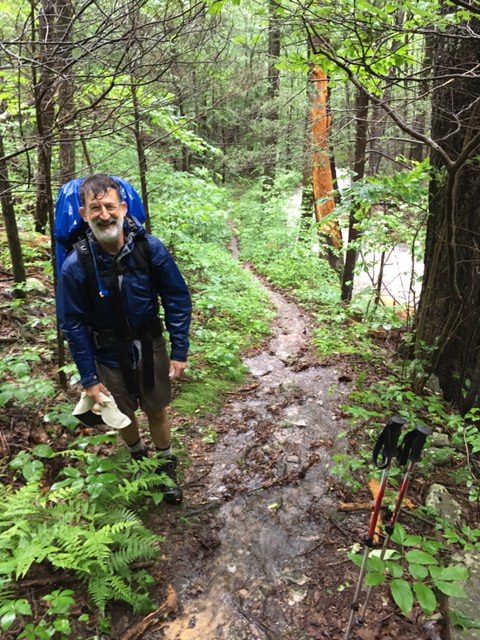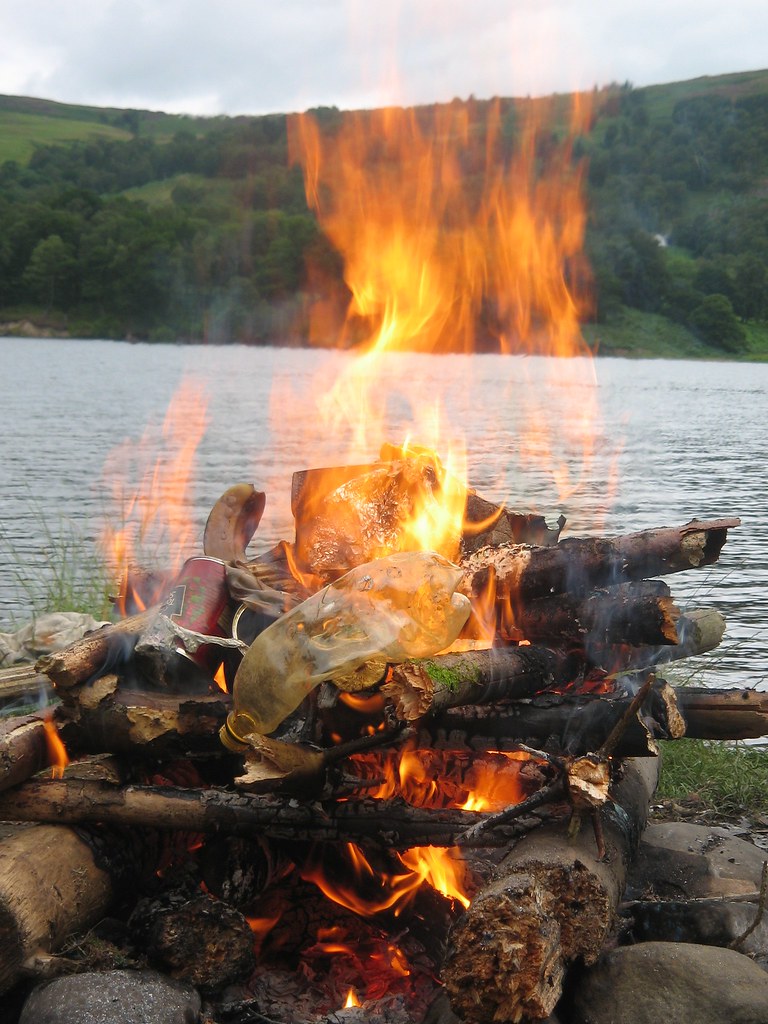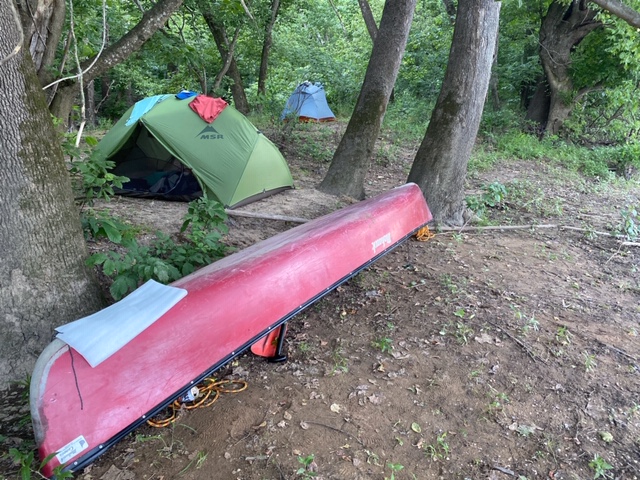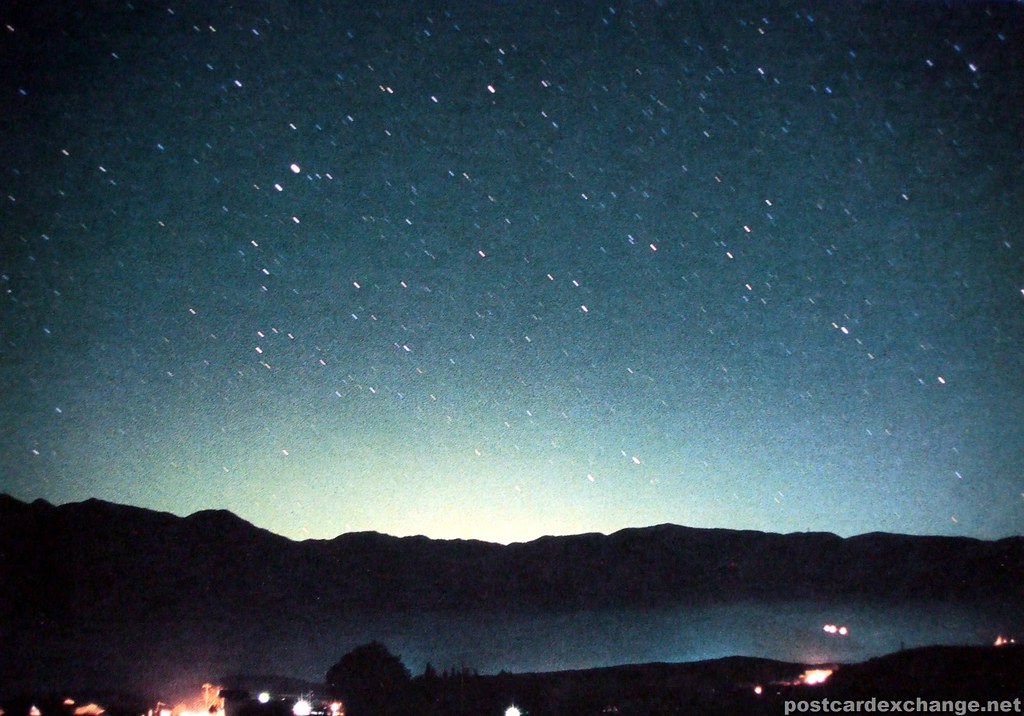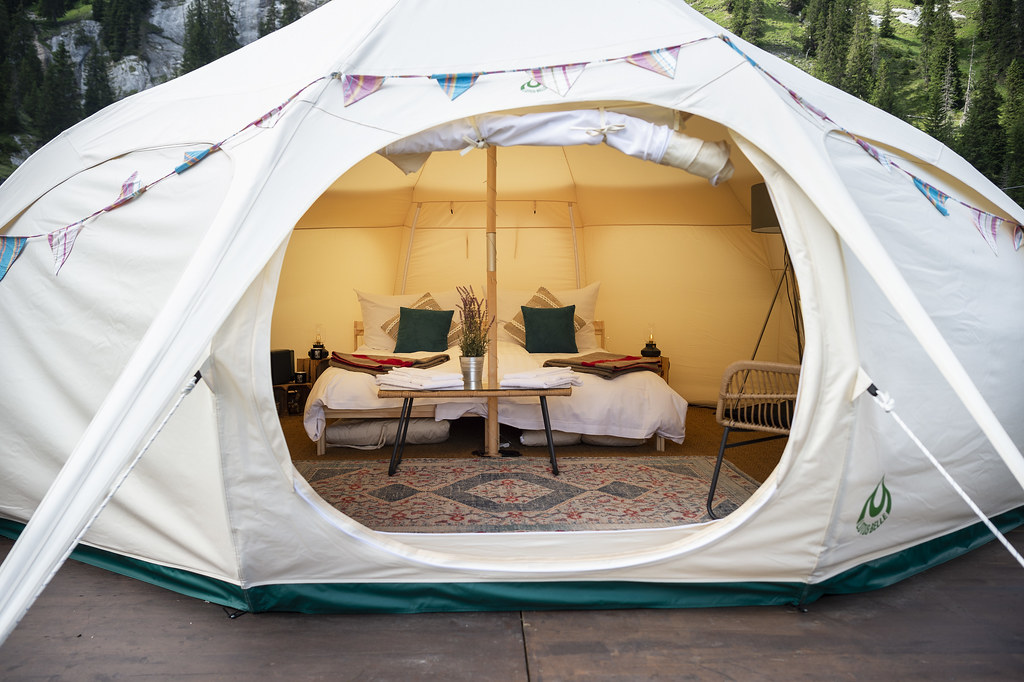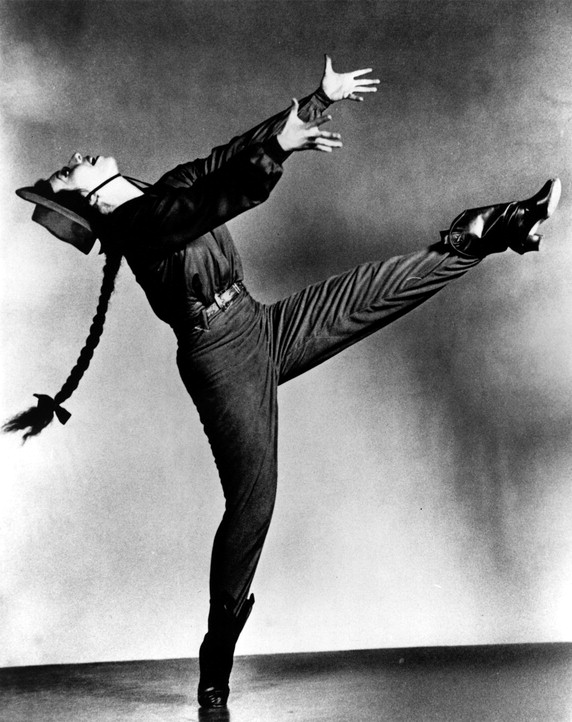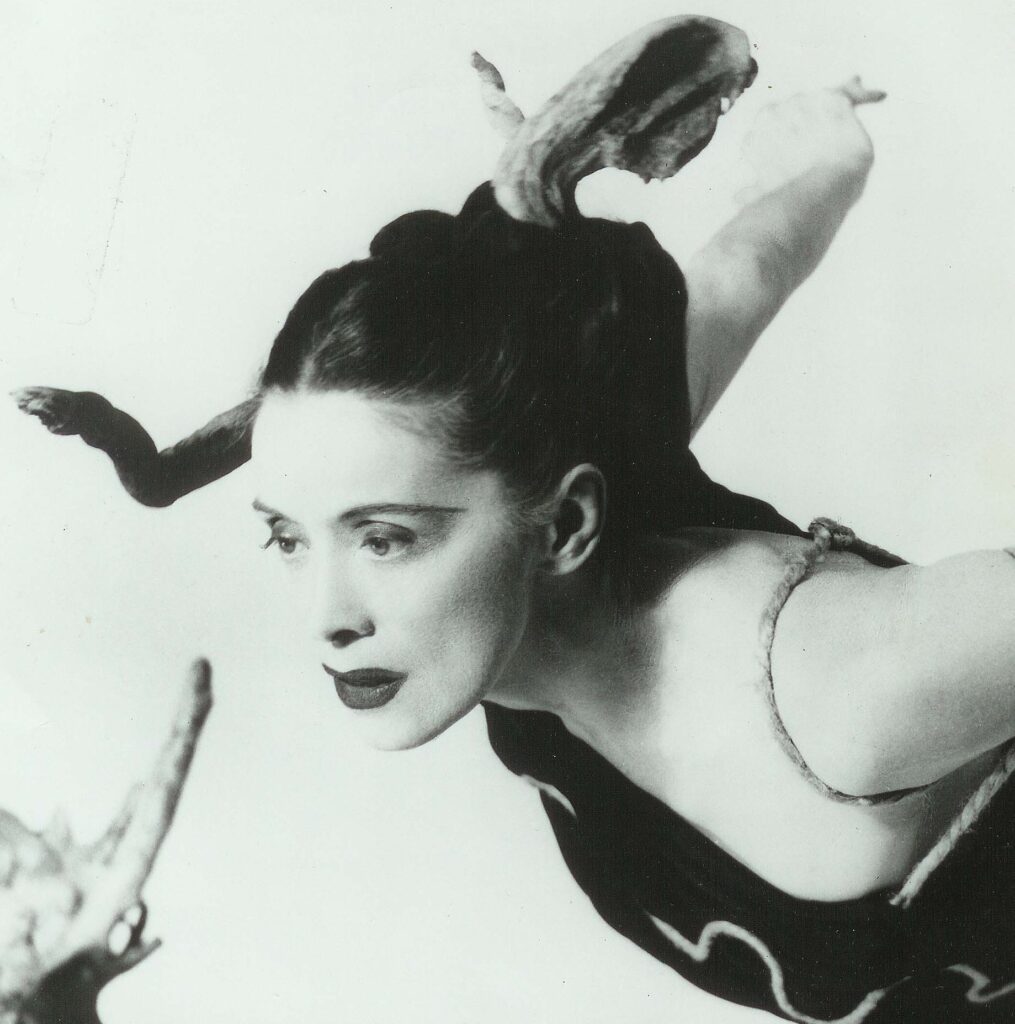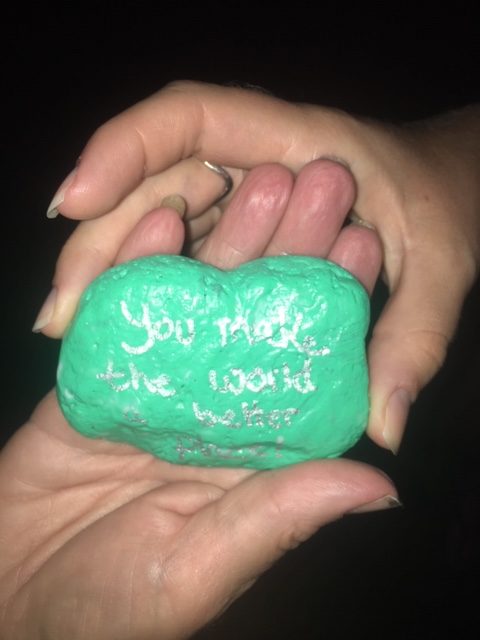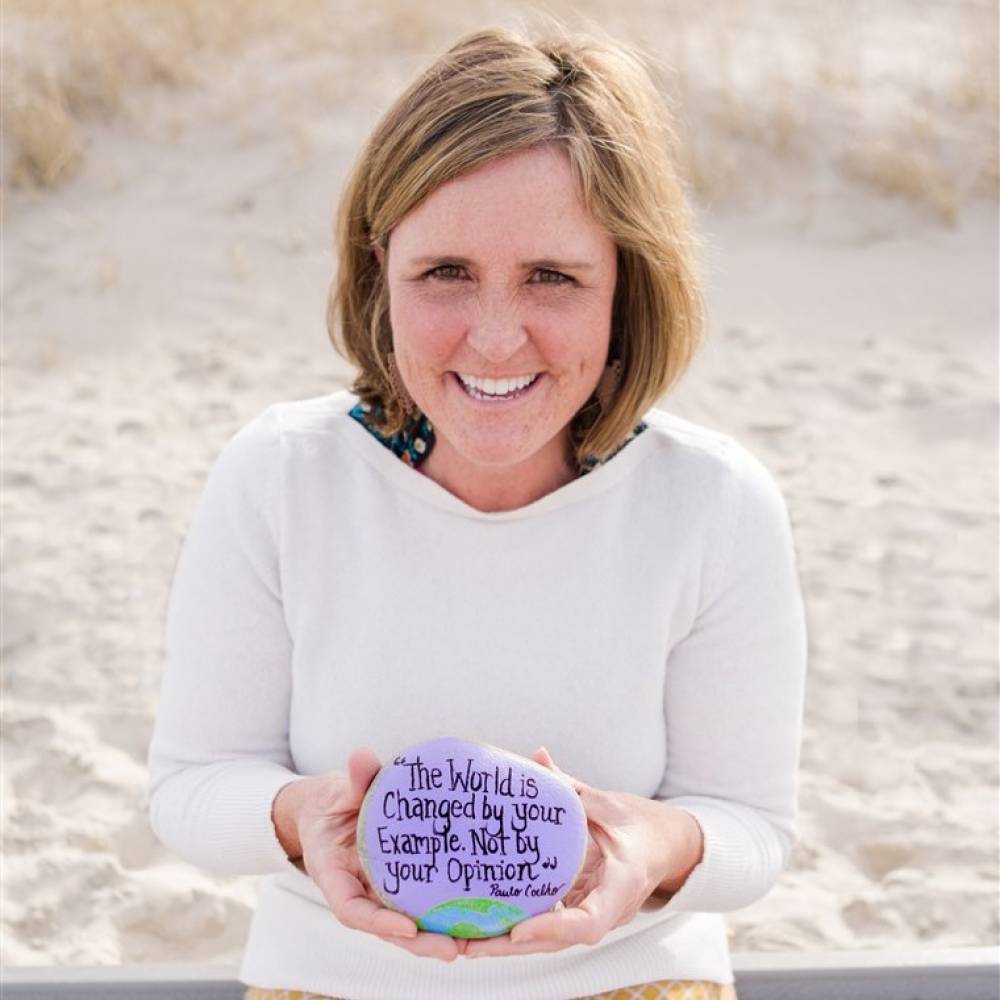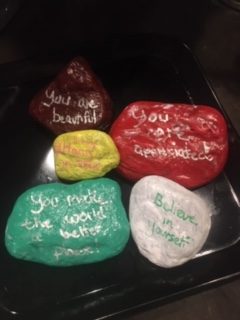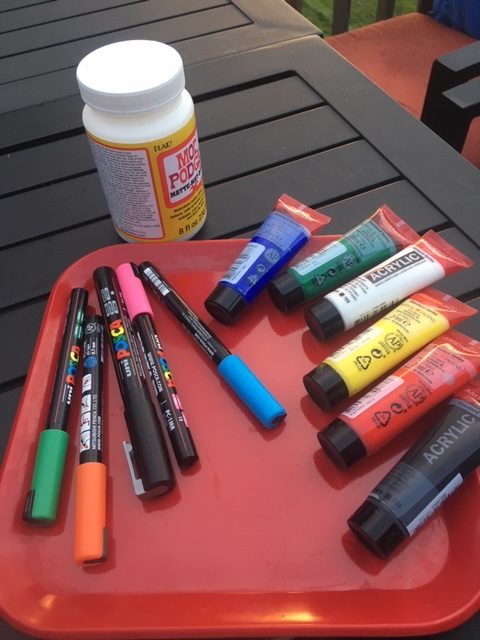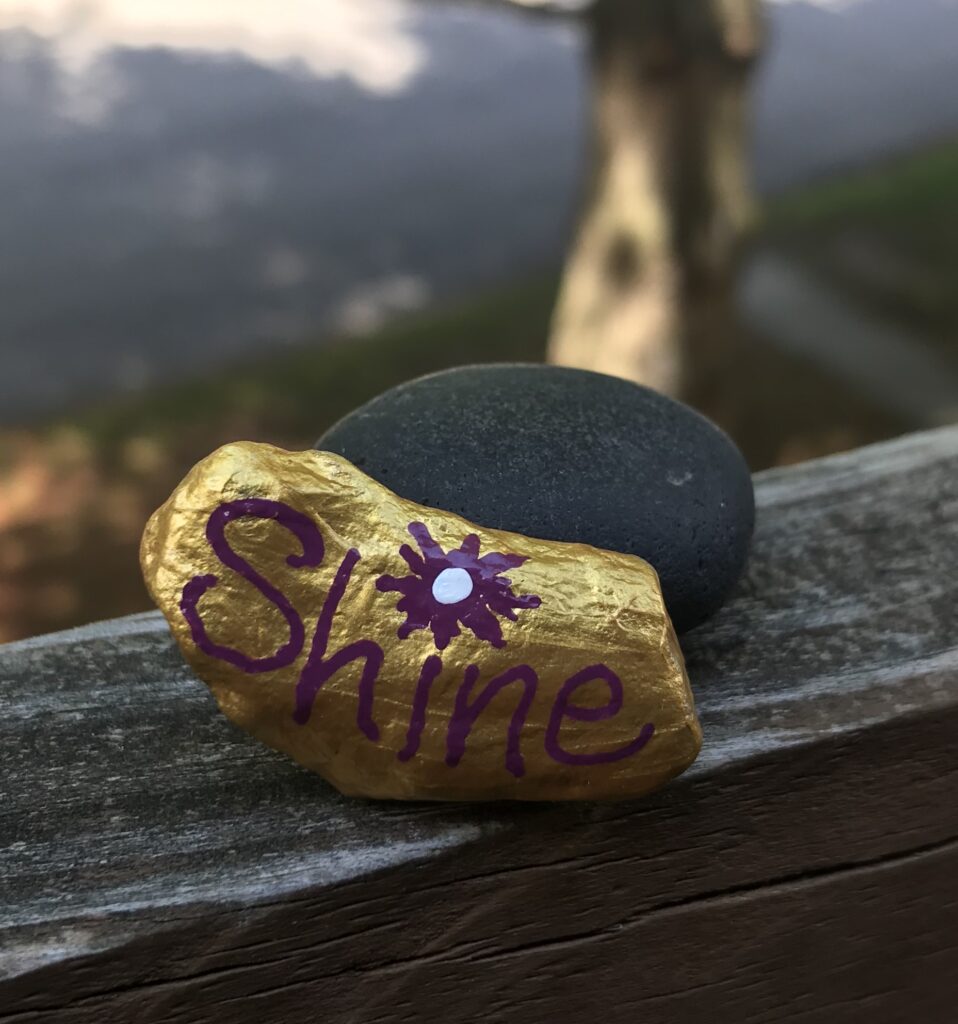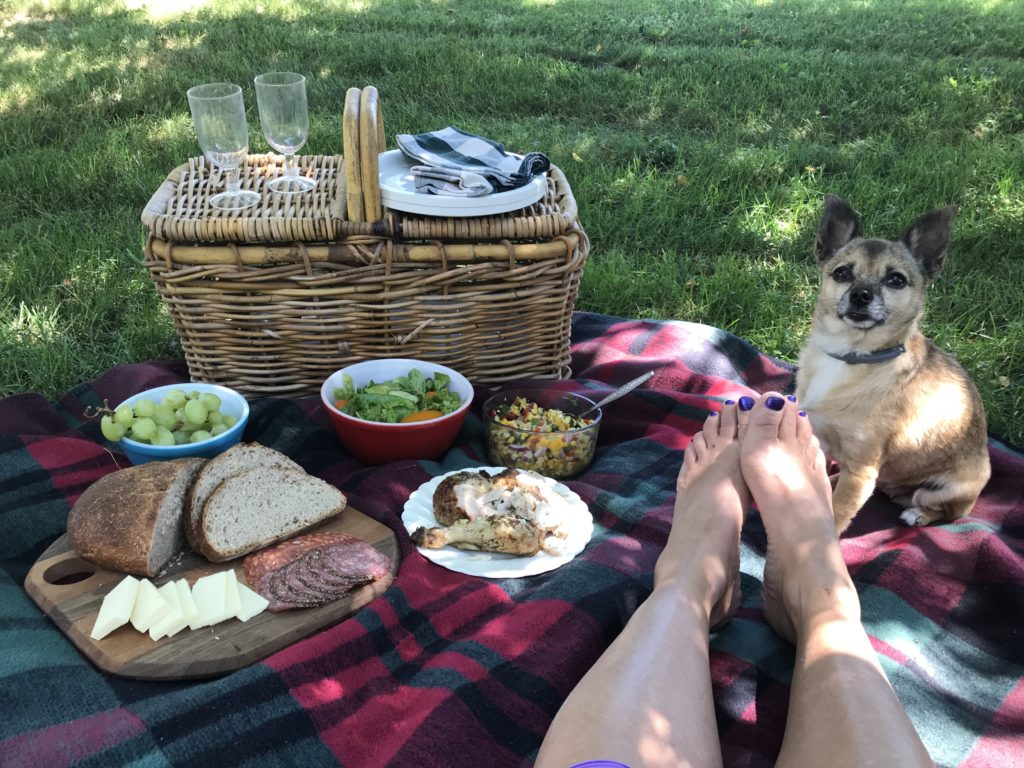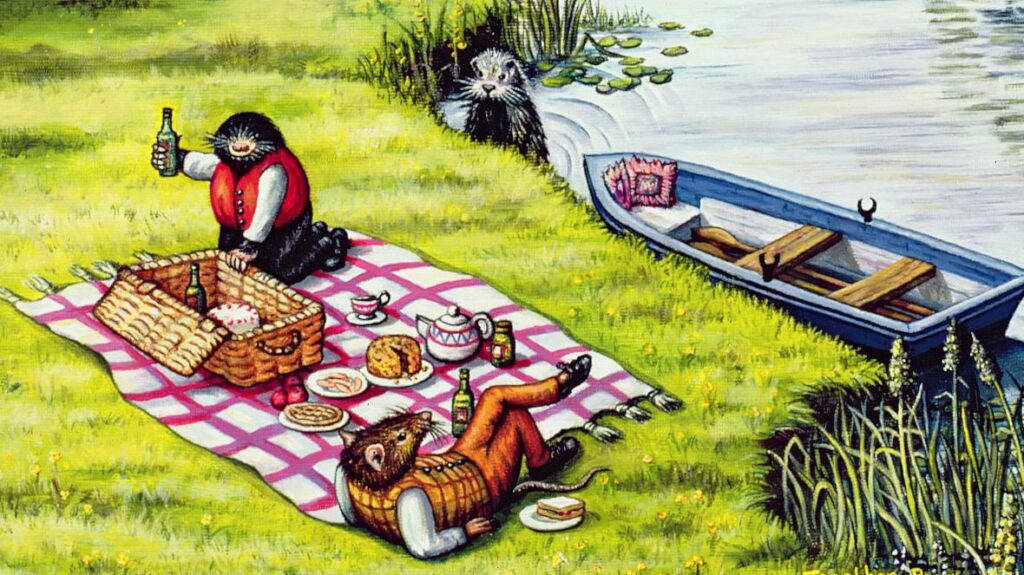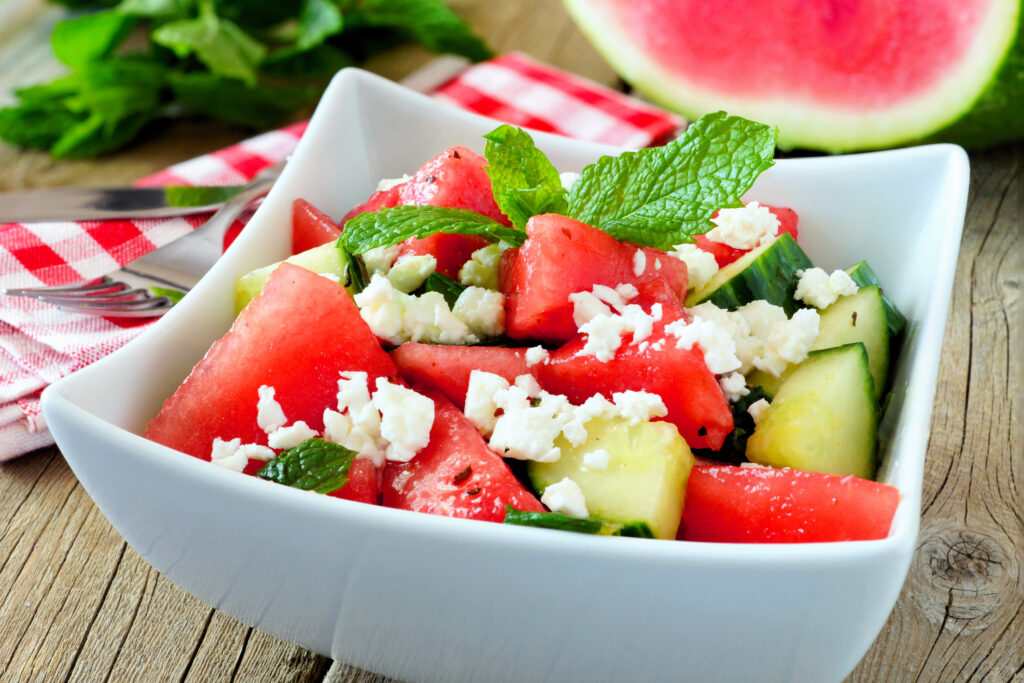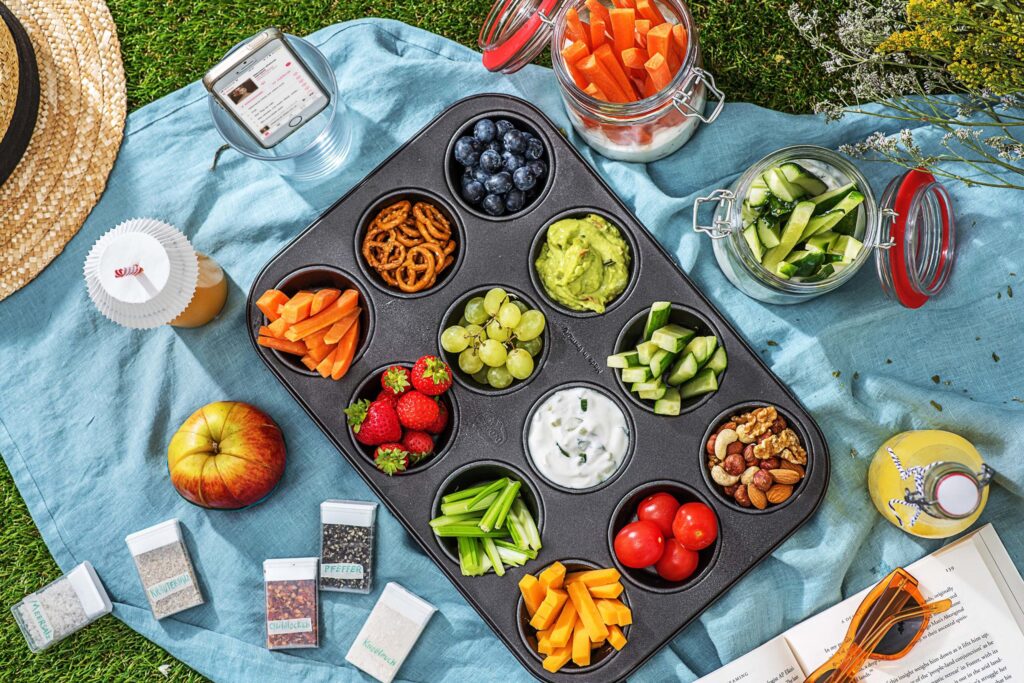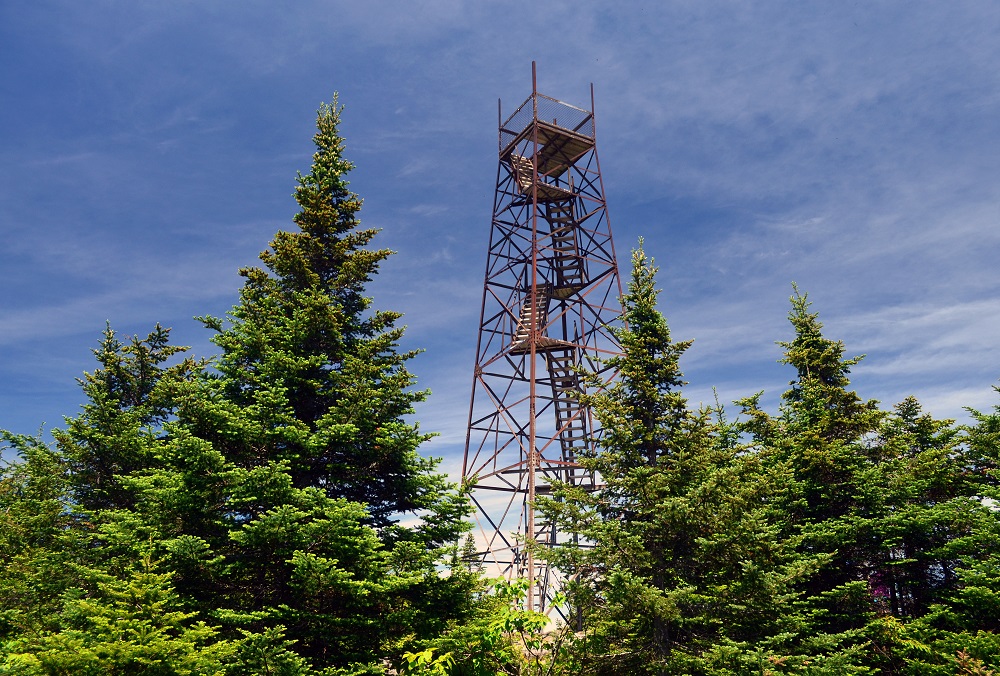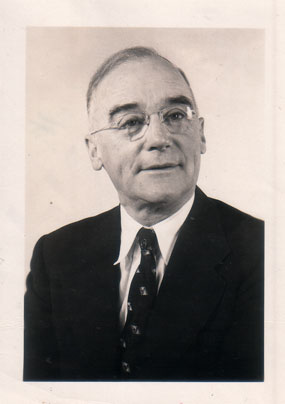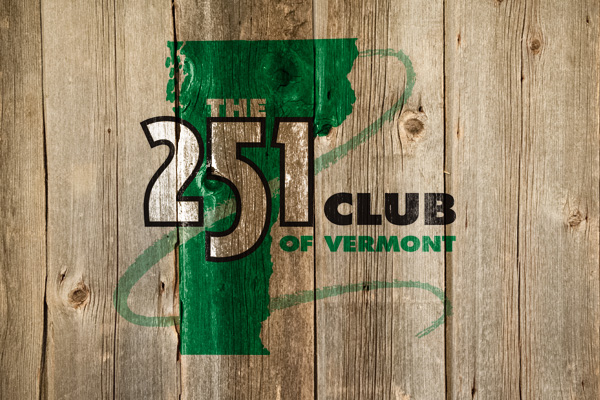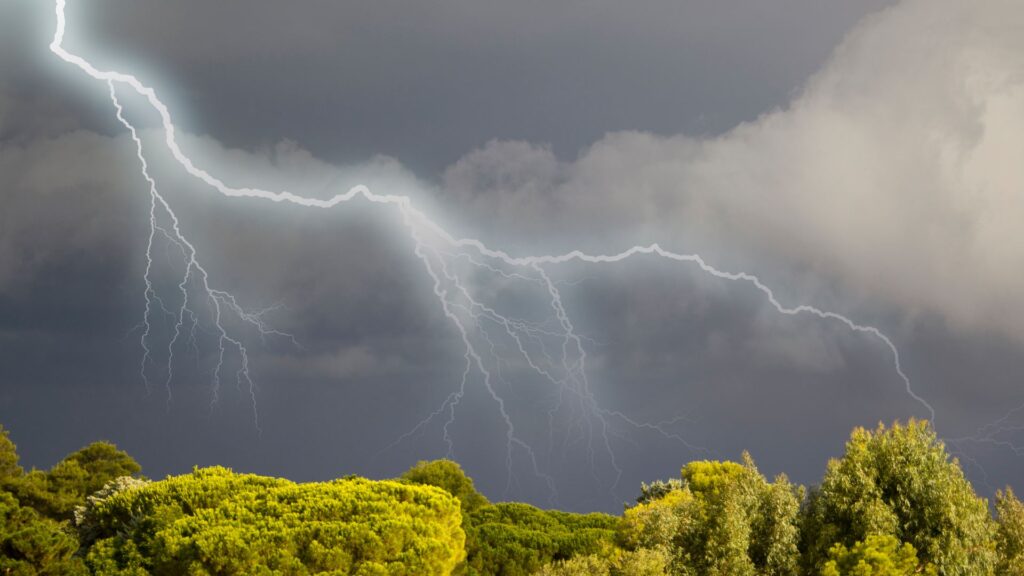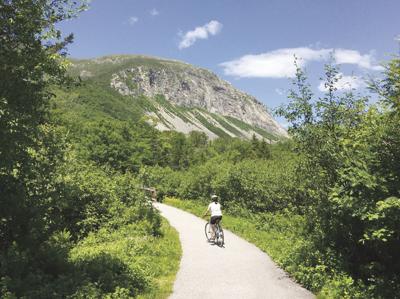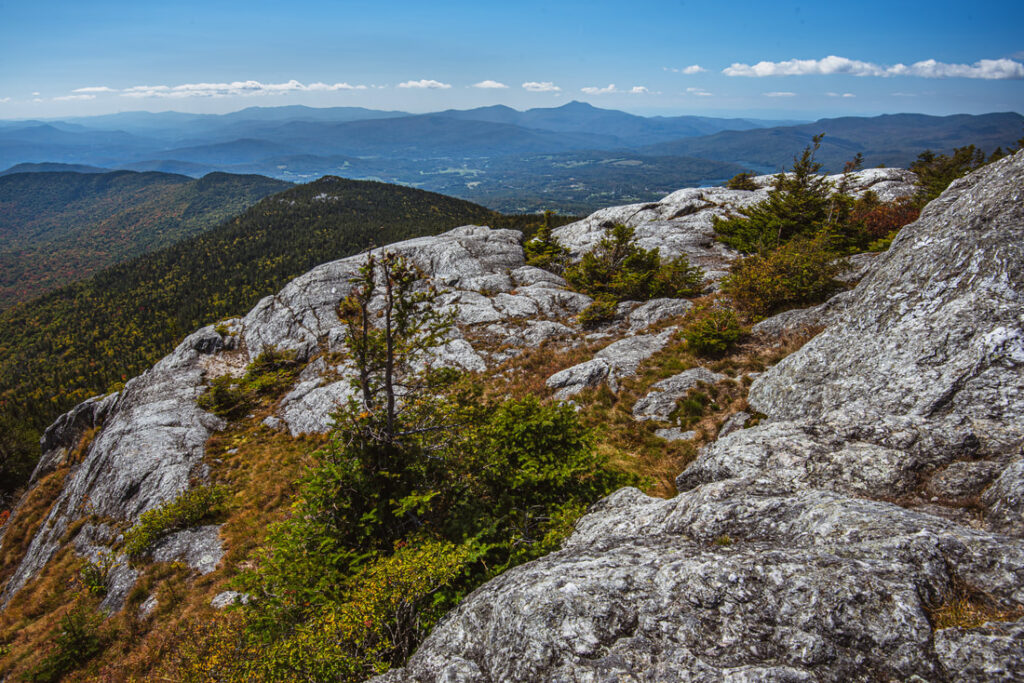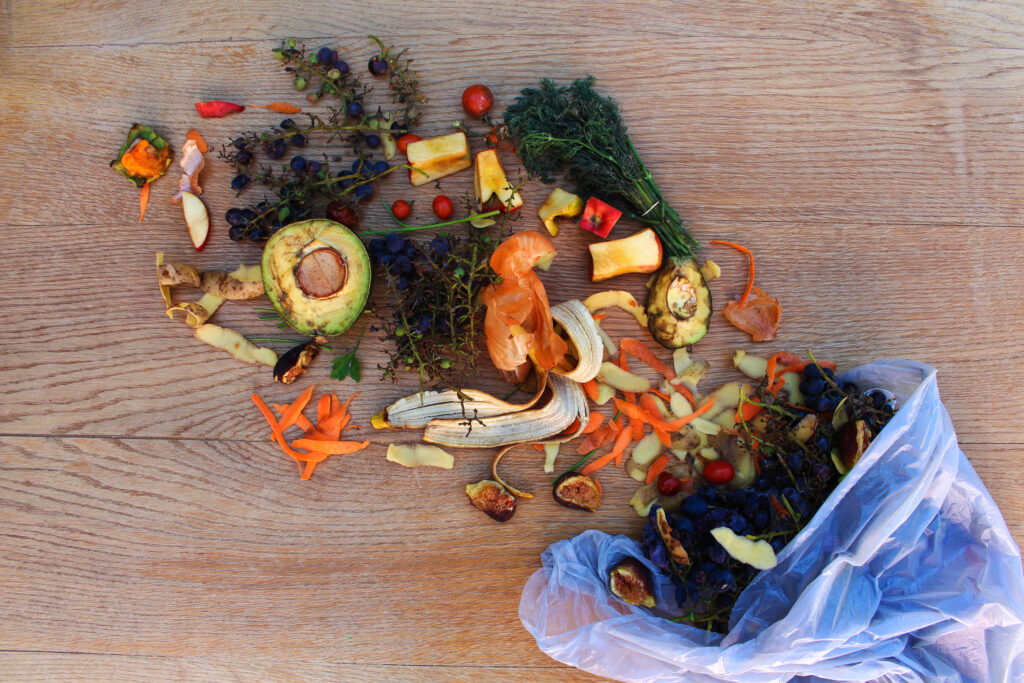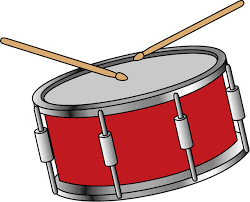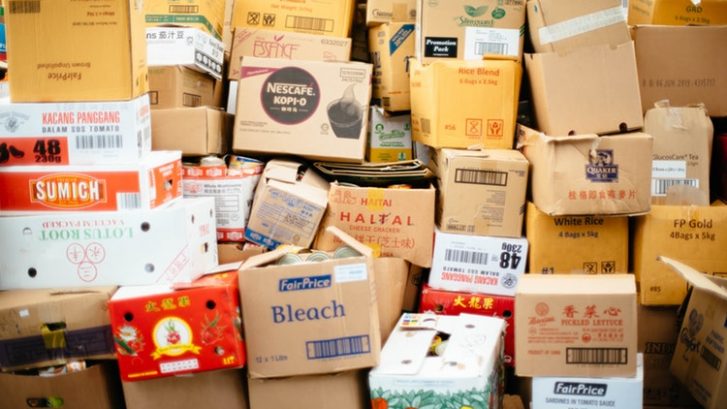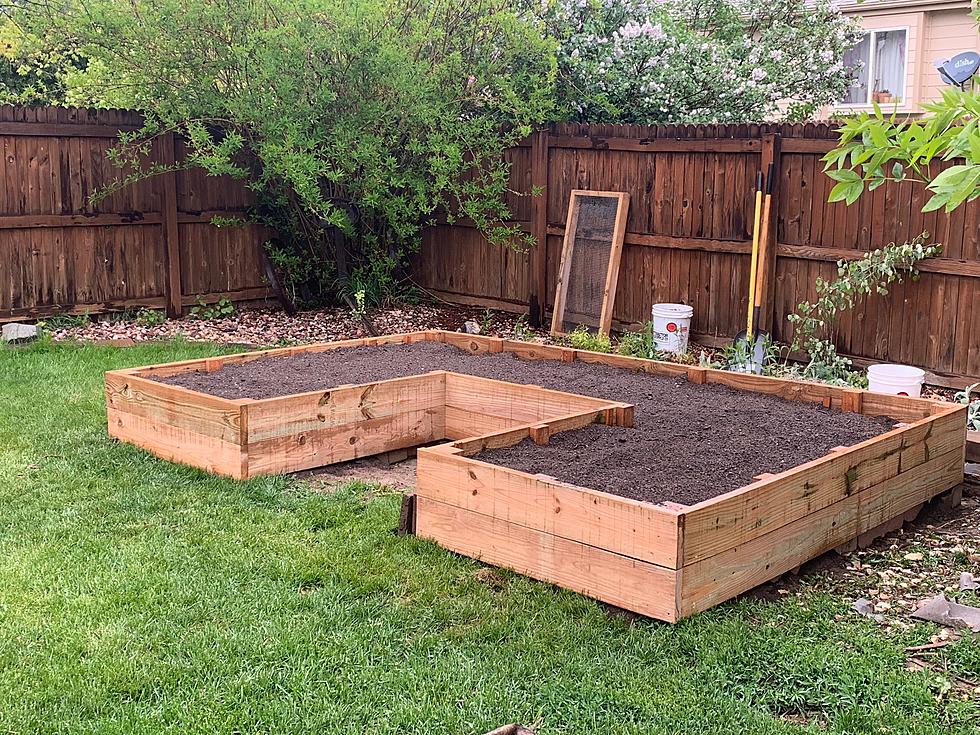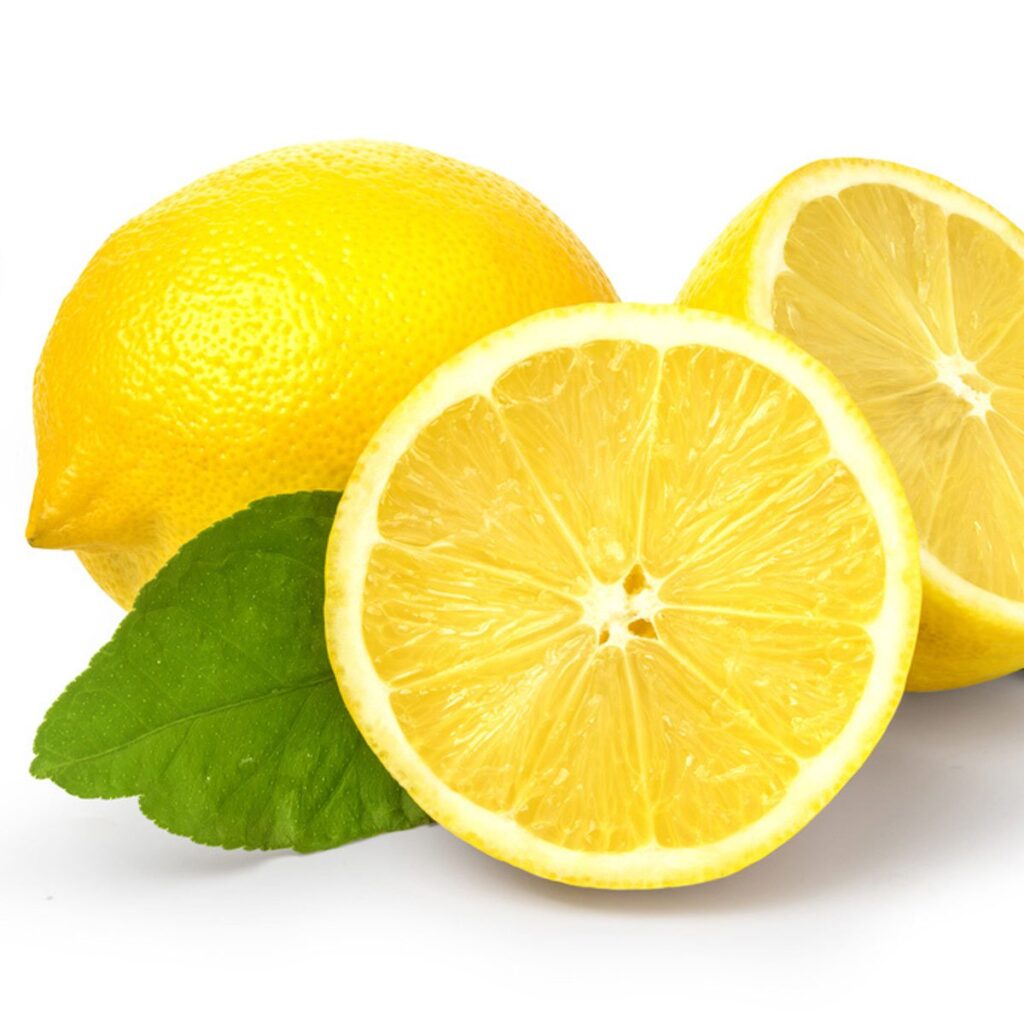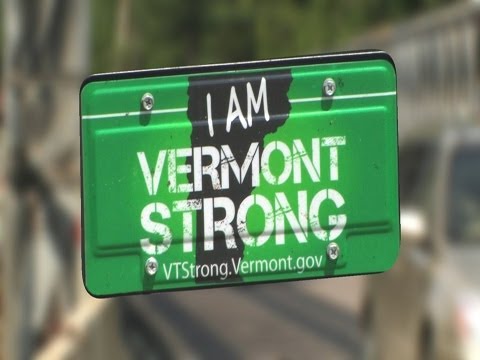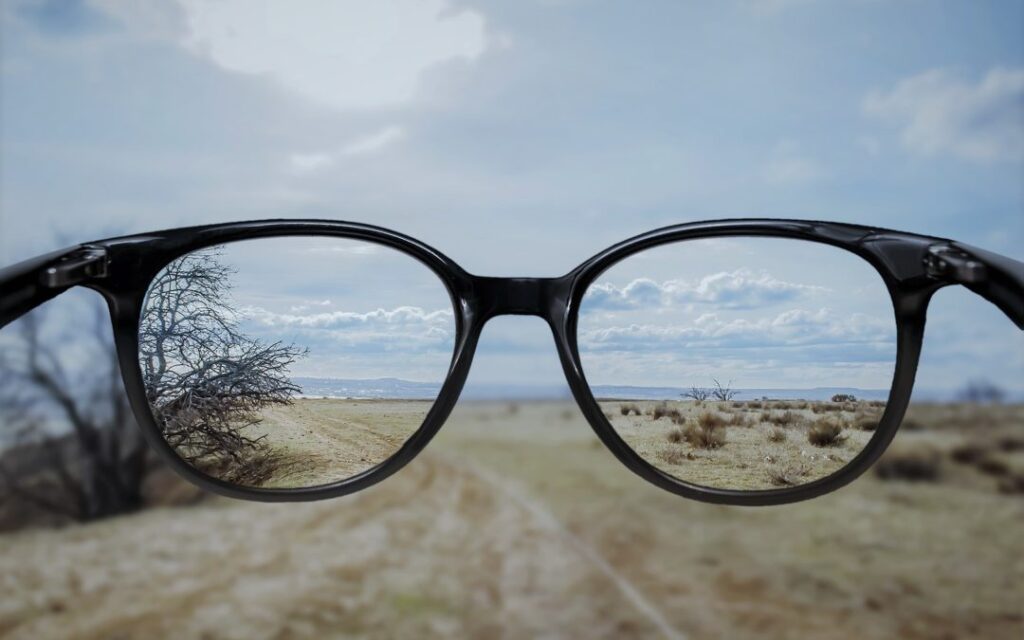In the late 1780’s, French courtier, Élisabeth Louise Vigée-Le Brun debuted a self portrait that scandalized the Paris elite.
Her lips slightly parted with her teeth visible created gasps galore.

Can you believe it? To that point, people smiling broadly in art or life were thought to be either wily, demented or schnockered. A toothy smile was sardonic to downright creepy.
Marie Antoinette, who discovered Elisabeth’s talents, wanted to buck the system. With despair pervasive, she felt her personal portraitist had given society a new, light and uplifting look at life.
Oh Marie. You rabble-rouser you.
Coincidentally, around the same time, the art of French dentistry and the advent of the toothbrush came about. Suddenly people were taking pride in their teeth and liking the prospect of showing them off.
Finally, thanks to a revolution afoot, people touted that a free society meant freedom of expression and emotions, including a genuine smile of unabashed joy or kindness and acceptance; all of which had been missing for far too long.
The sincere grin thus grew in acceptance from the Paris salons to the streets of unrest and took off. The notion of sweet victory planted itself across the faces of those who simply couldn’t help themselves as they imagined a brighter future.
Hourra (French for hooray)! Viva la smile revolution!
The smile went out of favor for a short period during the buttoned up Victorian era as the queen had little teeth and was advised not to show them. Silly people. Even she got over it…
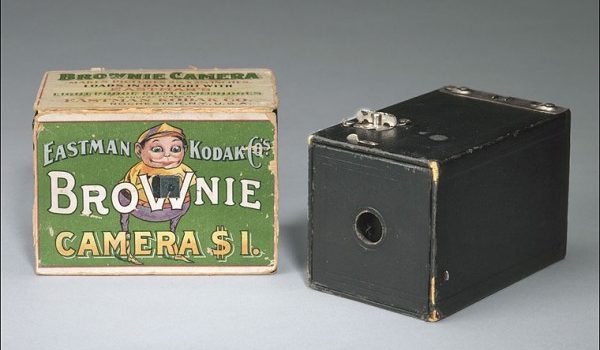
Queue the early 1900’s to the rescue when along came the personal camera, the brownie. It only cost $1 making it a quick, affordable and fully portable piece of fun. Capturing the natural expression of joy in daily life became a solid norm.
Why do we love a good smile so much? Because it just feels so darn sweet.
Do it now! See?
Your brain reacts to all smiles and laughter the same way, whether pretend or genuine. You get improved heart rhythms, robust mood regulation, decreased tension and increased circulation from smiles that lead to laughter. A smile or two through strife can help you recover faster by reducing your fight-or-flight reactions.
There’s even evidence that people who smile more often and more sincerely (without having to fake it), live longer and report higher quality of life.

There’s a little muscle in our face called the orbicularis oculi, which encircles the eye socket and squeezes the outside corners into those famous crow’s feet. It’s an involuntary muscle, like the ones in your heart. Like it or not, you use it when you can’t help but feel happiness. You can also call it to order.
In tough times, it seems it’s up to us to find the places and moments that delight us so we can be caught smiling.
Your job this week is to find all your smile muscles and literally exercise them to your heart’s content.
We know you’re stressed and scared and riddled with anxiety. The coming weeks will be an incredible exercise in resilience indeed.

Abraham Lincoln knew the power of humor in grim times. Legend has it, right before he debuted the Emancipation Proclamation, he read a silly story to his war cabinet who felt too guilty to laugh but couldn’t help crack a smile. He said, “Gentlemen, why don’t you laugh? With the fearful strain that is upon me night and day, if I did not laugh I should die, and you need this medicine as much as I do.” In getting them to relax and smile, he believed they could face the next big moment of our nation with a stronger countenance. It worked.
Cheers to Marie and Abe, an unlikely pair of inspiration, sifting out the best of the human condition from distress.

Oh, and Lincoln also suspected this truth… A smile is contagious. Thanks to mirror neurons in our brain that make us unconsciously mimic the expression of others, our trusty orbiculous oculi goes wild in the face of a good grin.
Spread that contagion as wide and far as you can my friends. Make it your protective bubble for the days to come. It’s powerful, free medicine.
See you on the PATH Ahead,
Gillian, Shevonne, Amy, Ashley and the VEHI PATH team.

